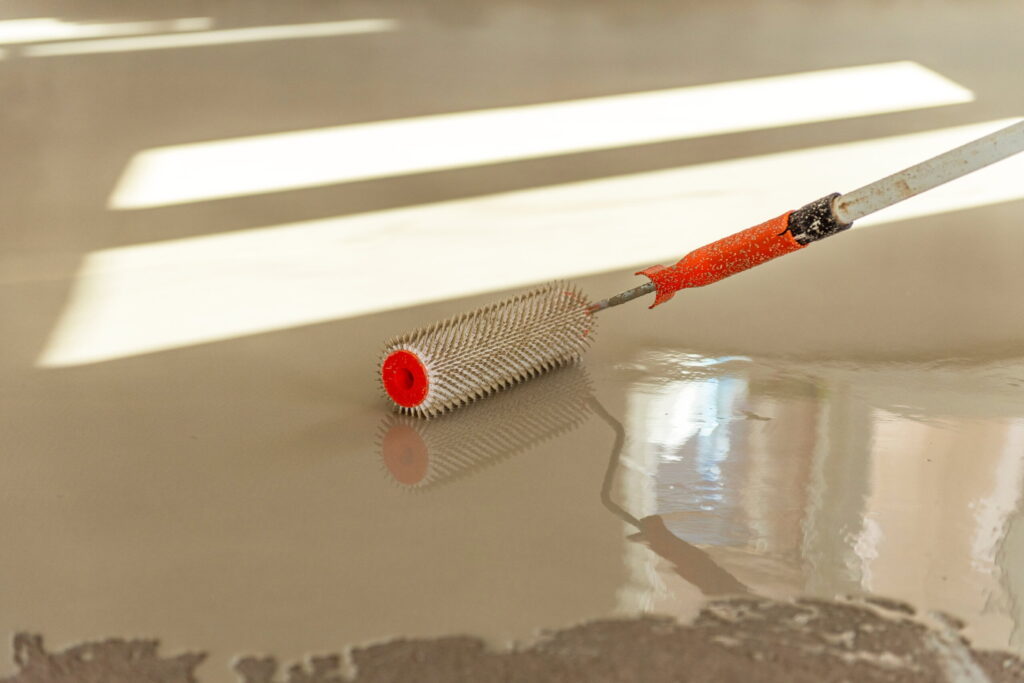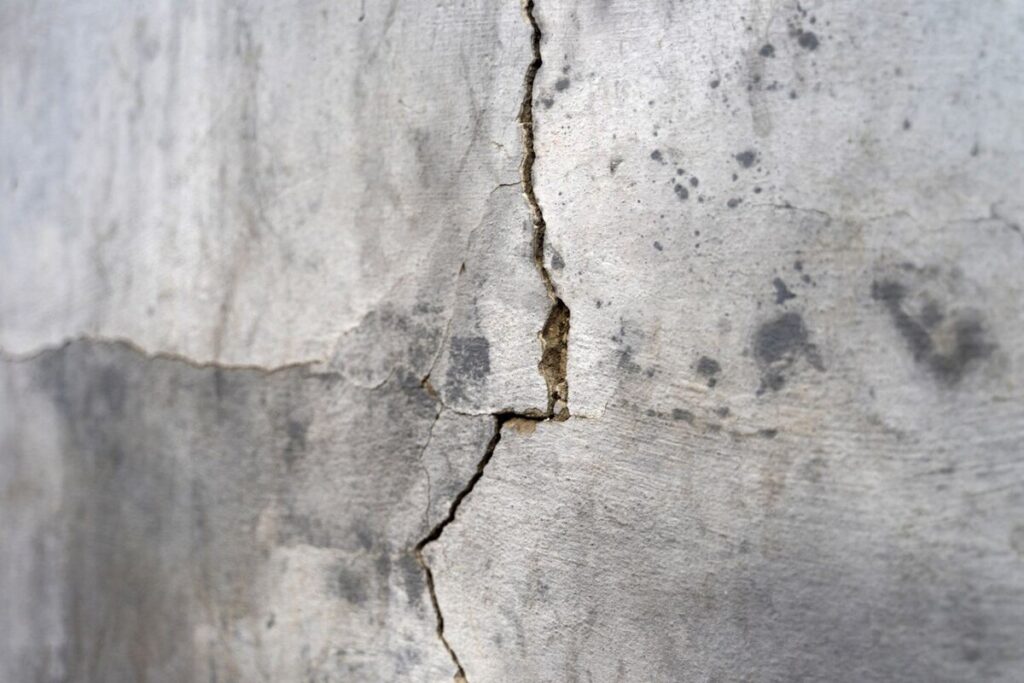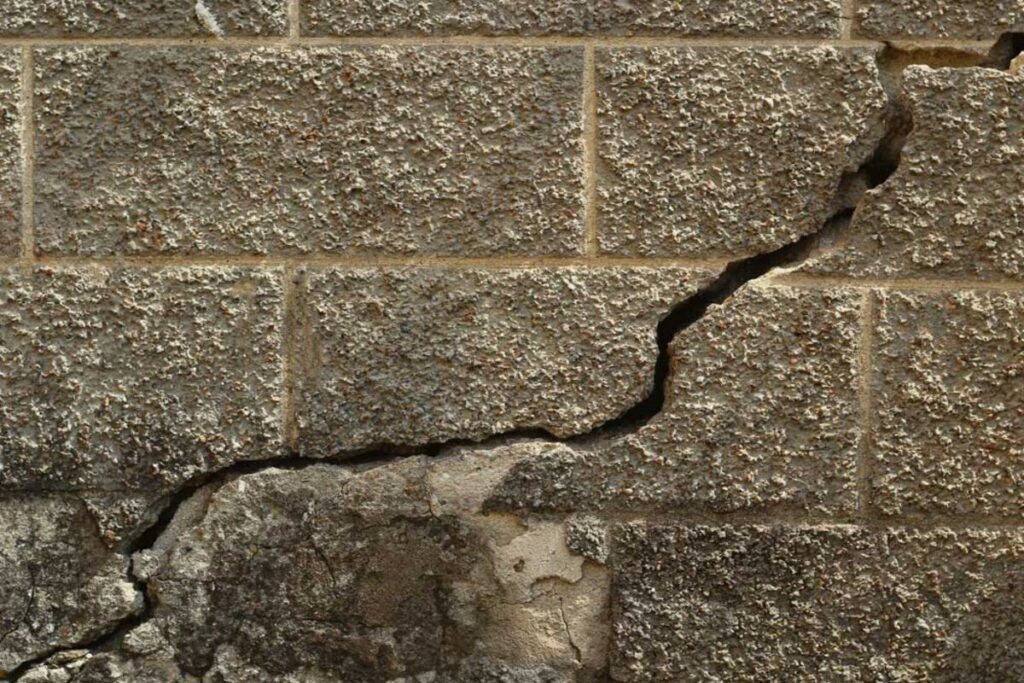Do you know the difference between a crawl space and a basement foundation?
Many homeowners aren’t totally sure about this distinction, so we’d like to clarify the difference, and explain the implications for repair work. Both are important structures that you should properly maintain to avoid an array of structural problems around your house.
Basic Differences Between a Crawl Space and a Basement
Most of the difference between crawl spaces and basement boils down to size and space. Basement foundations are anywhere from seven to eight feet from the concrete floor to the bottom of the joists.
Crawl spaces are normally smaller and more common among smaller homes or ranch-style houses. The typical single-story home probably has one of these rather than a large basement.
Some older homes have full basement foundations, but then the homeowners will expand them to gain more space. Sometimes they add those additions on a crawl space wall. Those usually don’t have the same depth or dimensions as your typical home with an eight-foot foundation wall.
Granted, we have worked in crawl spaces that are eight feet high, which may have either a dirt floor or a slab of concrete. Either way, there is plenty of variety among Kansas City homes.
Does Your Crawl Space Need Repair?
Like we said, basements and crawl spaces will have maintenance concerns. In one of our previous posts, we discussed a few ways to tell whether crawl spaces need repair work. Here are the telltale signs.
- Excessive Moisture
- You should NOT have standing water running along the floor. Keep an eye out for heavy humidity as well. This will become apparent when you notice condensation on pipes, metal equipment, or around windows.
- Mold Overgrowth
- It’s never safe to breathe mold, but basement foundations or crawl spaces are vulnerable to this problem. Most of the time, this will go part and parcel with excessive moisture.
- Foul Odors
- You may actually smell the mold if it gets very severe. Then again, foul smells may come from rodent feces or other animal-related odors.
- Less Energy Efficiency
- Poor circulation beneath your homes can contribute to lower energy efficiency and higher power bills. Humidity can adversely affect your HVAC system, and critters may create holes in the insulation in or around your basement.
- Sagging Floors
- We include sagging floors here as well, but it’s a common symptom for several foundation maladies. Both sagging and sloping floors are a sign of rotting materials.
What to Do When You Have Basement Damage
While it’s possible to DIY a few things to counter basement leakage and poor circulation, it may be time to get professional assistance. Besides basement waterproofing, Olson Foundation Repair can install drainage solutions to counteract the water entering beneath or into your home. If you catch the problem soon enough, we may be able to perform a simpler repair you can easily afford.
Call us Anytime for Prompt Foundation Repair in Kansas City
Since foundation and basement repair is complex, you should only trust an experienced, licensed, and insured professional to do the job right. At Olson Foundation Repair, our guys do this for every task, always arrive on time, and will honor all service warranties.
We have an almost perfect rating score on Google Reviews because our hard work allows homeowners to regain their peace of mind. Leaky homes, collapsing walls, and sinking floors are frightening and stressful. We make it our mission to eliminate those problems to make your home safe once again.
If you’d like to learn more about crawl space or basement repair, contact us anytime for expert advice and dependable service in Kansas City.




